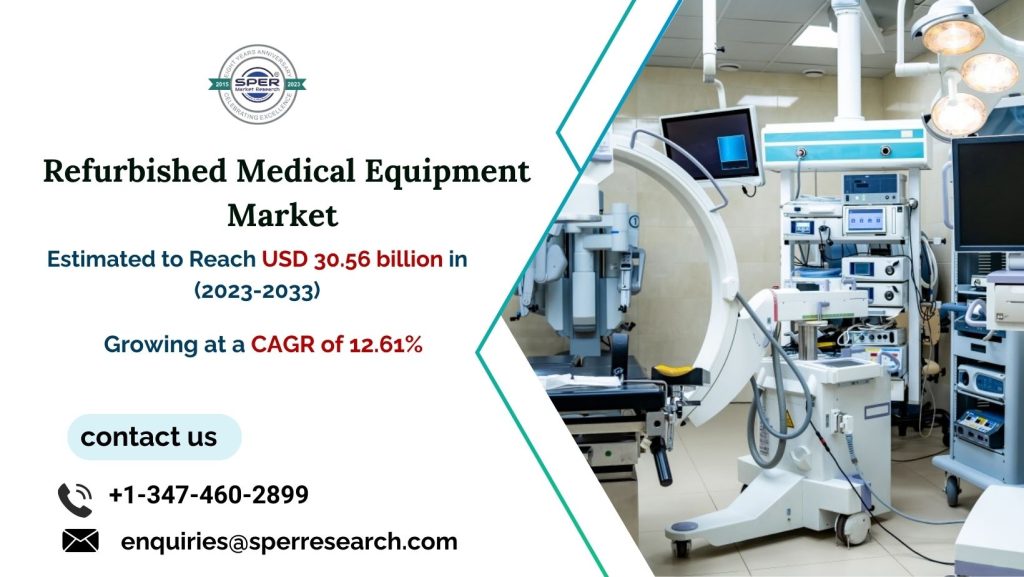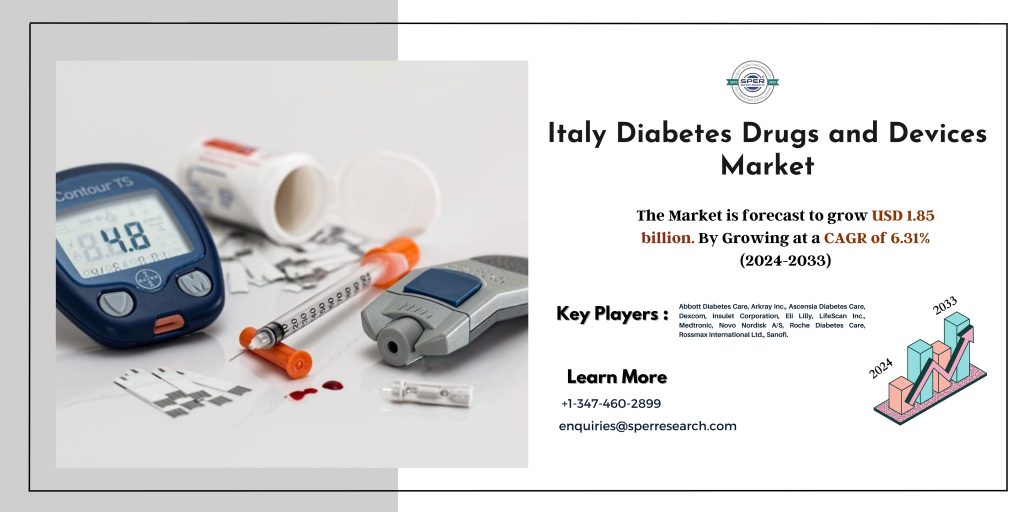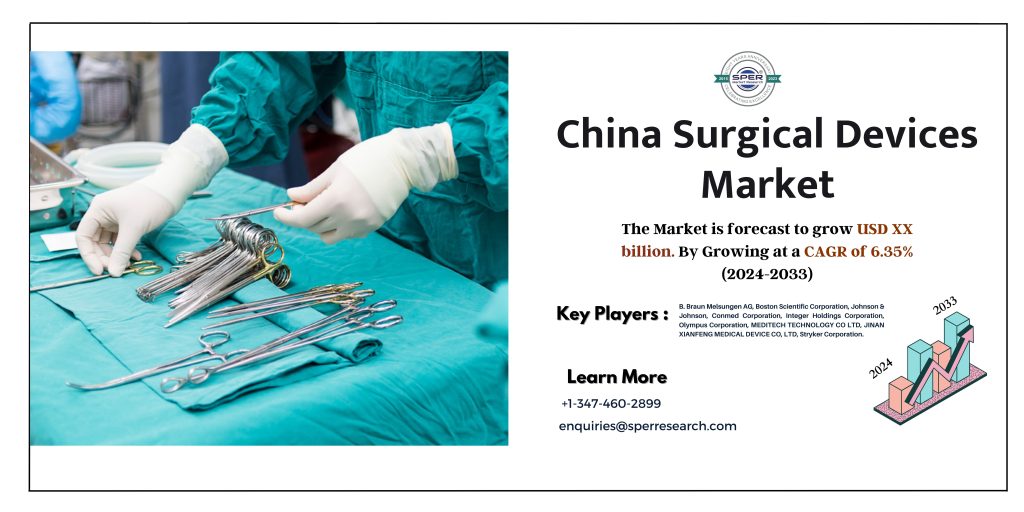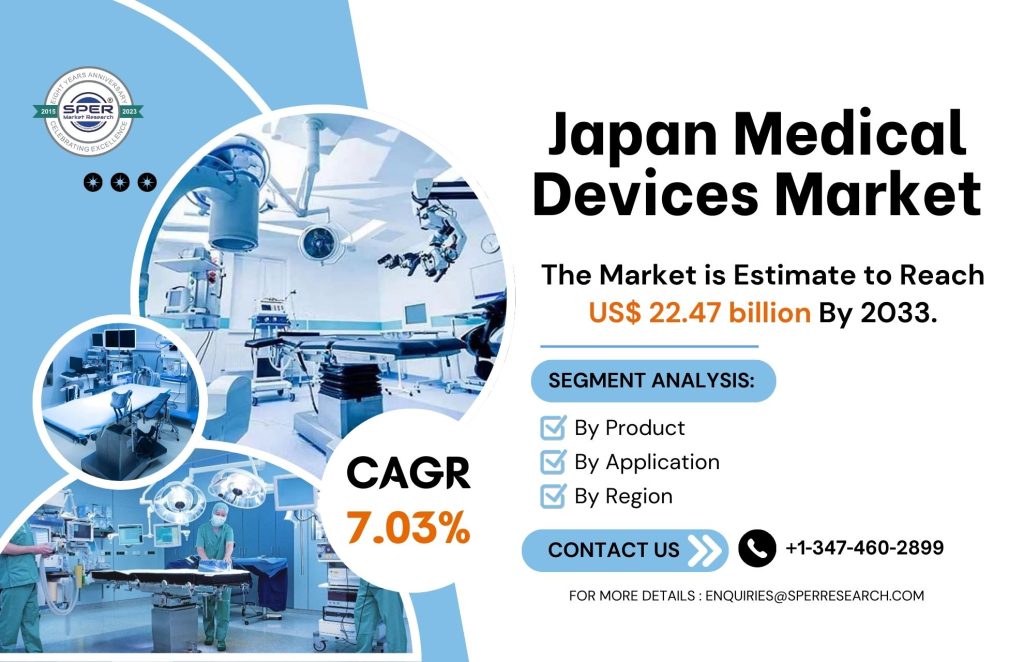A digital x-ray device is a piece of equipment that does advanced x-ray inspections and immediately produces a digital radiographic image to a computer. A digital x-ray gadget produces a high-quality digital image of an object or organ and quickly sends it to a computer. During object examination, x-ray sensitive plates are used to gather data. When combined with an X-ray detector, it can be used in a variety of applications, including medicine, electronic assembly, X-ray spectroscopy, and material thickness estimation in manufacturing. Aside from that, radiographers use digital x-ray devices in clinical settings to obtain digital x-ray images of biological structures such as bones and to sterilise them.
According to SPER Market Research, ‘United Kingdom Digital X-ray Devices Market Size- By Application, By Technology, By Portability, By End-User – Regional Outlook, Competitive Strategies and Segment Forecast to 2033’ states that the United Kingdom Digital X-ray Devices Market is estimated to reach USD 1126.79 million by 2033 with a CAGR of 7.7%.
Drivers: The market is being pushed primarily by the rising prevalence of chronic diseases such as urology, cancer, cardiovascular disorders (CVDs), lung, neurovascular, and others. This is driving up the demand for digital X-ray machines, which are routinely used to diagnose and monitor these conditions. Furthermore, the expanding elderly population, which is more susceptible to such ailments, is a growth driver. Aside from that, technological advancements have boosted the efficiency, accuracy, and safety of these devices, hastening their use in hospitals and diagnostic centres. This, together with growing government spending in the development of healthcare infrastructure, is positively fueling market growth.
Request For Free Sample Report @ https://www.sperresearch.com/report-store/united-kingdom-digital-x-ray-devices-market.aspx?sample=1
Restraints: The high cost of installation and devices is one of the primary factors expected to stymie the growth of the digital x-ray device industry. For example, the cost of new devices and initial installation is a significant consideration in the choice to change to digital x-ray systems. However, today’s market entrants provide premium digital x-ray systems and devices with longer lifespans, lower maintenance requirements, and universal access to service centres. Furthermore, portable x-rays offer numerous advantages over traditional x-ray systems. Another factor inhibiting the growth of the digital x-ray devices market is the rising use of refurbished x-ray equipment around the world.
COVID-19 accelerated the expansion of the digital x-ray devices market. Digital imaging helps diagnose COVID-19 and detects damaged lung tissue in infected patients. Several major market players had focused innovation in radiography equipment manufacture. For example, in December 2020, Agfa HealthCare released its new SmartXR for X-ray Artificial Intelligence (AI) for Digital Radiography portfolio to help with radiology routines, which proved effective during the COVID-19 outbreak. As a result, the number of radiology practices and approaches increased in 2020.
The South East region of the United Kingdom usually has the largest market for digital X-ray devices. This is owing to the high concentration of healthcare facilities, superior medical infrastructure, and substantial expenditures in healthcare technology. Major players in the market are Carestream Health Inc, Fujifilm Holdings Corporation (Fujifilm Medical Systems), GE Company (GE Healthcare), Koninklinje Philips NV (Philips Healthcare), Shimadzu Corporation, Siemens Healthcare GmbH, and Others.
United Kingdom Digital X-ray Devices Market Segmentation:
By Application: Based on the Application, United Kingdom Digital X-ray Devices Market is segmented as; Orthopedic, Cancer, Dental, Cardiovascular, Other Applications.
By Technology: Based on the Technology, United Kingdom Digital X-ray Devices Market is segmented as; Computed Radiography, Direct Radiography.
By Portability: Based on the Portability, United Kingdom Digital X-ray Devices Market is segmented as; Fixed Systems, Portable Systems.
By End-Users: Based on the End-User, United Kingdom Digital X-ray Devices Market is segmented as; Hospitals, Diagnostic Centers, Other End-Users.
By Region: This research also includes data for London, East Anglia, Southwest, Southeast, Scotland, East Midlands, Yorkshire, Humberside.
This study also encompasses various drivers and restraining factors of this market for the forecast period. Various growth opportunities are also discussed in the report.
For More Information about this Report: –
United Kingdom Digital X-ray Devices Market Future Outlook
Related Reports:
Follow Us –
LinkedIn | Instagram | Facebook | Twitter
Contact Us:
Sara Lopes, Business Consultant – USA
SPER Market Research
+1-347-460-2899









